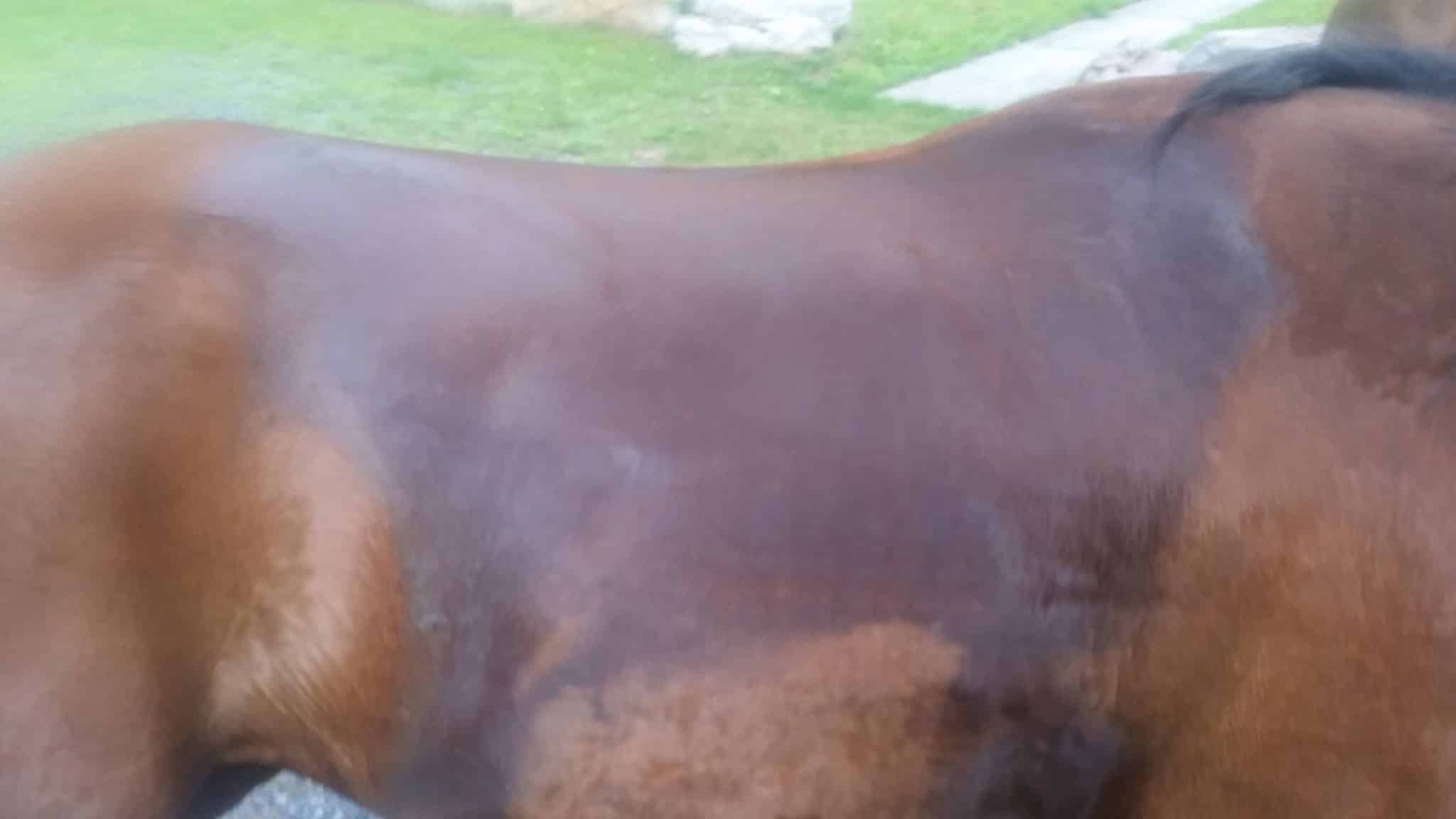
Proper saddle fit is important for every horse, whether you are a trail rider or a show competitor. One of the easiest ways to check for saddle fit is to examine your horse’s sweat pattern after every ride. Once you know what you are looking for, this only takes a few seconds.
[bctt tweet=”One of the ways to check for saddle fit is to examine your horse’s sweat pattern after every ride.” username=”EW_Blog” prompt=”share this tip”]
Why Sweat Patterns Are Important
The sweat pattern that is most important is directly under the saddle. Sweat under the saddle can tell you if the saddle is rubbing anywhere. In order for your horse to sweat, there must be circulation. If the saddle is rubbing abnormally, this will often cut off circulation in that area, leaving an obvious dry spot in that area.
The sweat pattern is often the first indicator the there is a tack problem that needs to be looked into. It is an easy assessment tool that can be quickly assessed after every ride. If you find that the horse has not worked up enough of a sweat to get a full sweat pattern, hosing the horse’s back off brings out the sweat pattern that cannot always be seen by the naked eye. Even if the horse has not sweated enough to bring the full sweat pattern to the surface, applying water will bring out the contrast between the hidden sweat pattern and the dry hair around it.
Interpreting the Sweat Pattern
The most common area for dry spots is around the withers. This can be caused by a saddle that is too wide that sits too low on the withers or a saddle that is too narrow and pinches too much. Likewise, a saddle that fits well, but is used by a rider that is off-balance can produce the same dry spots.
Once dry spots in the pattern have been identified, the saddle should be replaced. First, without the girth tightened, you should slide your hand under the saddle close to where the dry spot is. If your hand feels pinched, the saddle is the problem. It is either too wide (sitting too low on the withers) or too narrow (sitting too high over the withers). At this point, you either start down the road of trial and error in find a better fitting saddle or you bring in an experienced saddle fitter or other expert who you trust to guide you through the process of finding a new saddle.
If, during the first test, your hand does not feel pinched, do up the girth as you normally would and slide your hand in again. If your hand still down not feel pinched it may be a rider problem. At this point I would consult your trainer if you have one. If you don’t have a trainer, take a video of the horse’s movement with a rider and without a rider and see if there is a difference. Also try having someone you trust slide their hand under the saddle without you on, then again with you on and see if they feel a big difference.
Example of Poorly Fitting Saddle
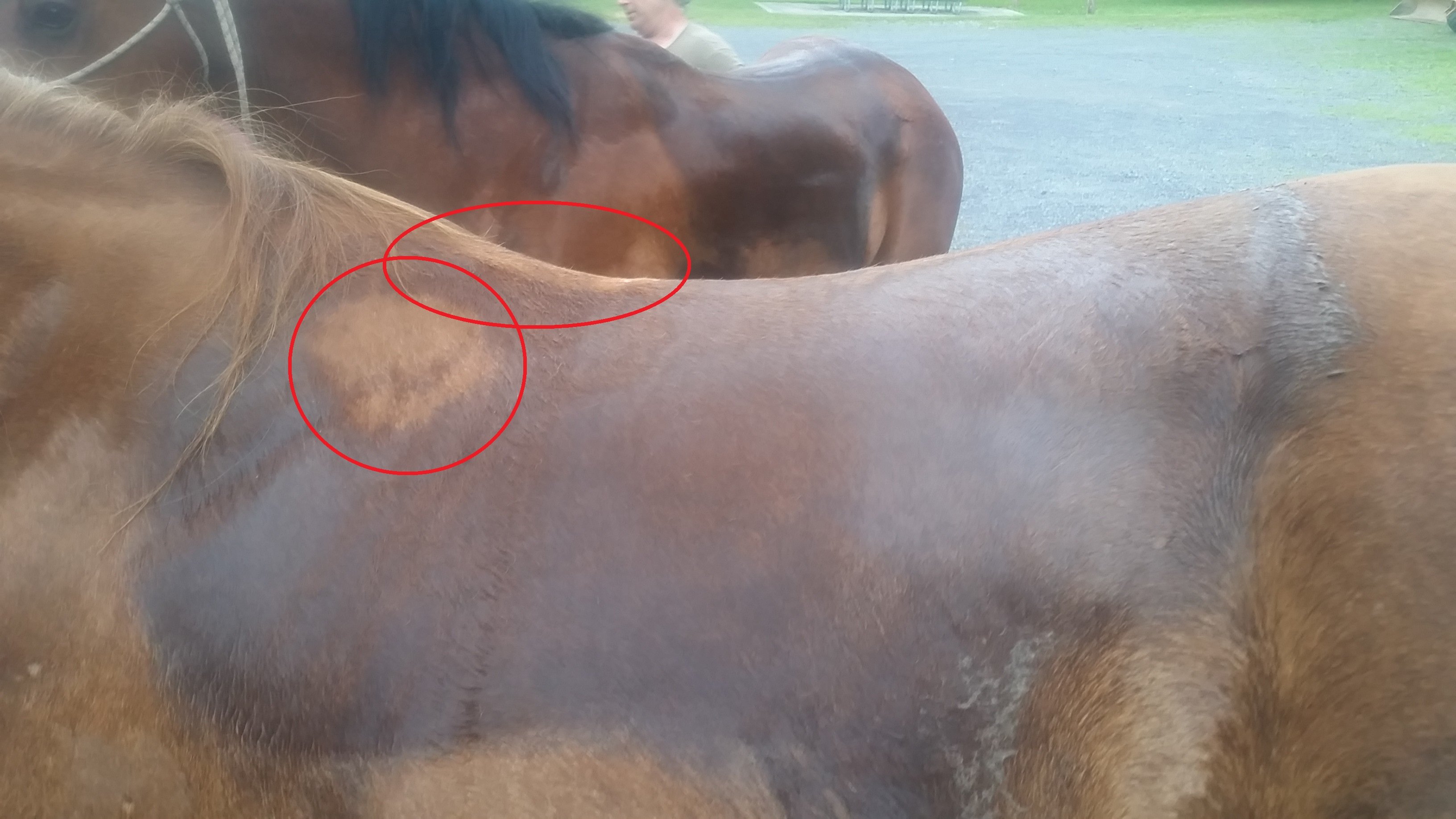
In this case, when you look at the left side of the sweat pattern, you will see how there is one spot that is dry combined with a narrow strip of dry along the top of the withers. This indicates a saddle that is a little too wide.

Going over to the right side of the same sweat pattern you will see how the spot is bigger, but more diffused. This indicates that the rider is also unbalanced and leaning to the right.
In this particular case, I know the situation and the horse is still gaining muscle tone after losing a lot of fat. For this situation, I actually wouldn’t switch the saddle out right away as the dry spots have been getting consistently smaller as the horse’s muscle tone improves and she fills out into the saddle. If we were to too quickly swap out her saddle, we would quickly end up with the opposite problem as she would grow out of it too quickly as she gains muscle tone.
Example of Well-Fitted Saddle
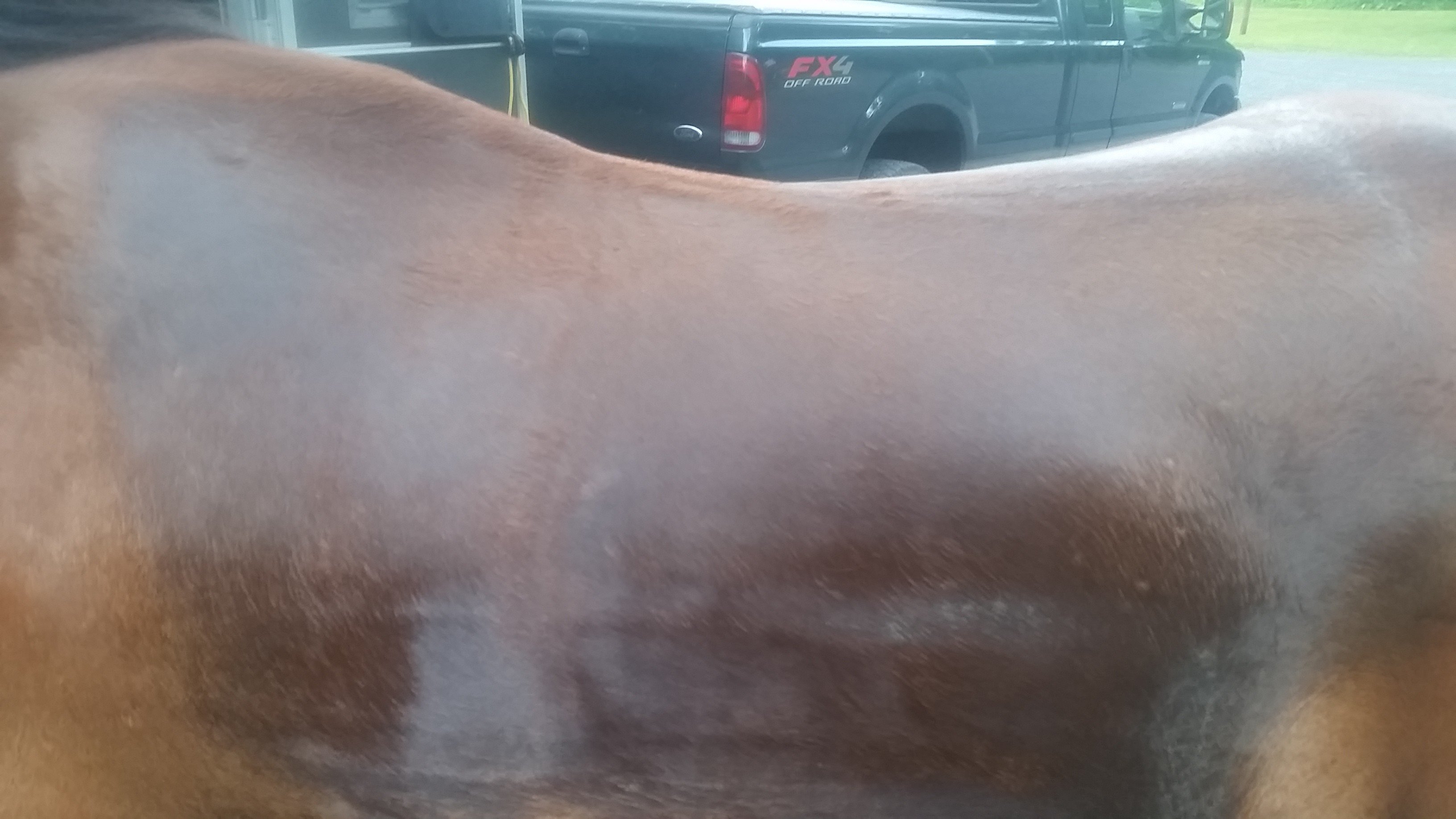
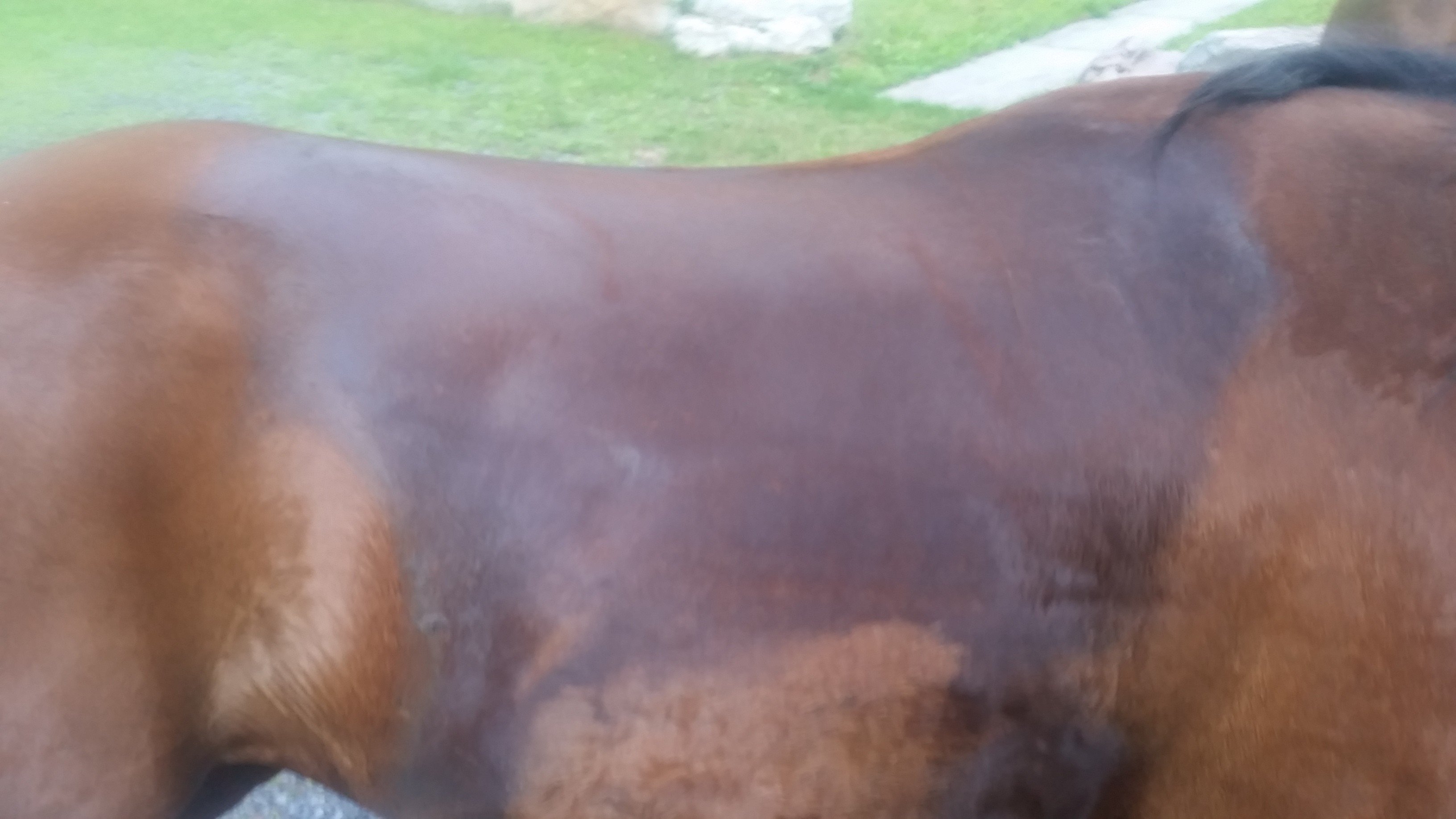
This is actually Moose’s sweat pattern. A few months ago in the same saddle she had a similar sweat pattern to the one above, but she has developed a better topline and filled out into it. This is what you want to see after every ride. There are no dry spots and the sweat is nice and even.
Mind you, this is a rough test for judging the saddle that you already have, though it is generally quite accurate. Actually searching for and fitting a new saddle takes some more in-depth measurements and anatomical knowledge.
[amazon_link asins=’B00BFE6VIU,B00EN1ZQ5Q,B0067QLNJI’ template=’ProductCarousel’ store=’ewblog-20′ marketplace=’US’ link_id=’8699365e-9821-11e7-9154-27589da7be4c’]






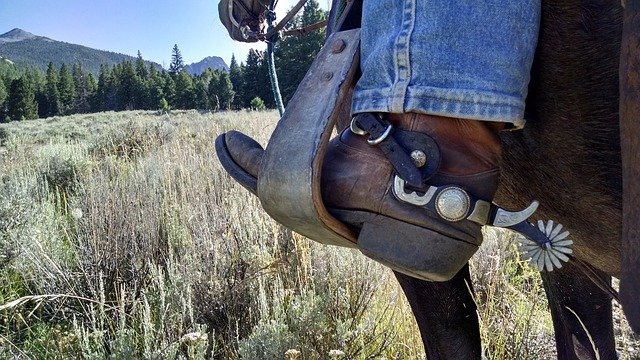
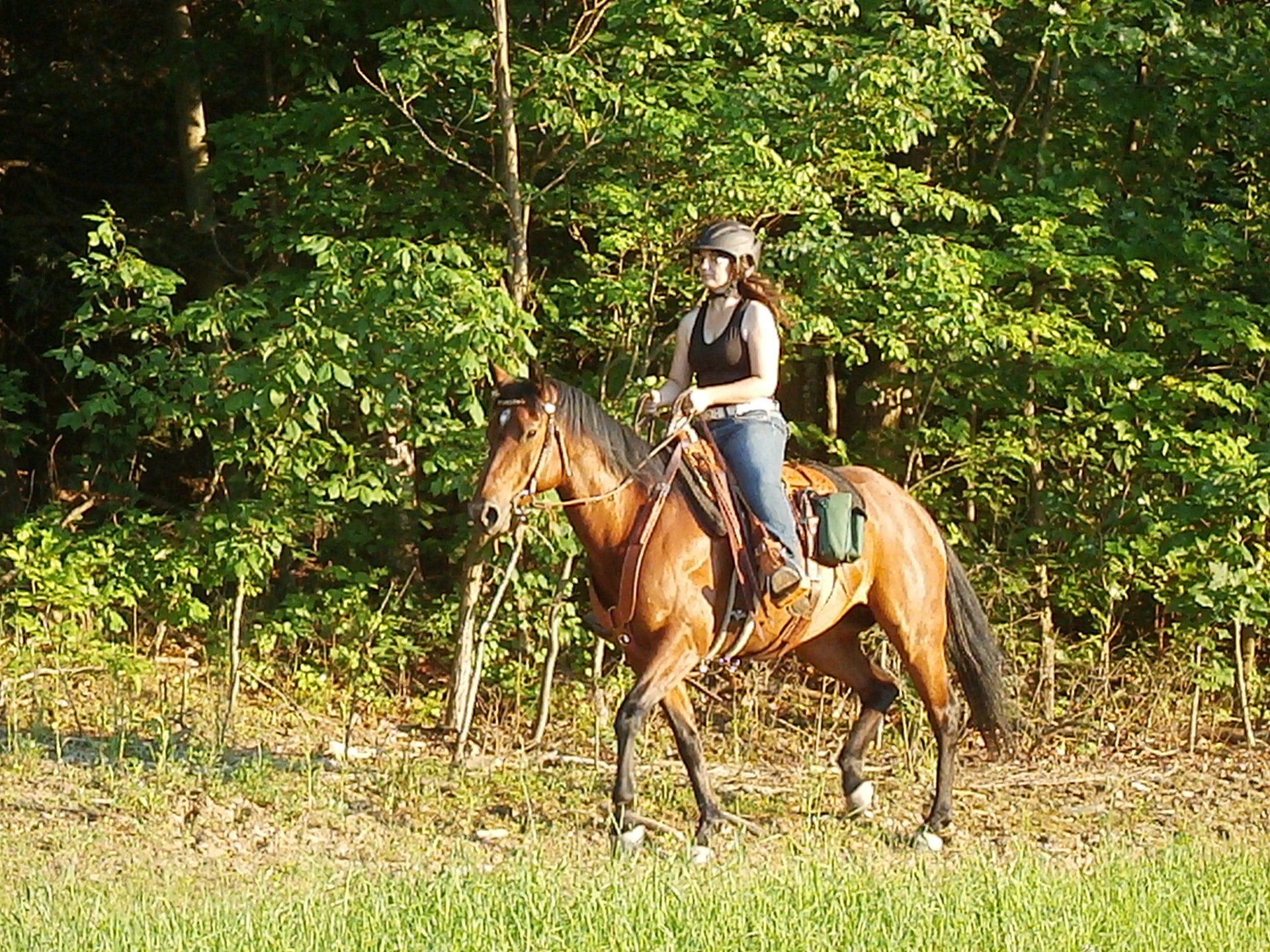

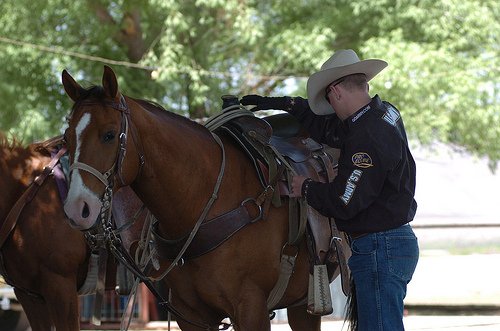
I see dry spots just behind wither .. it looks exactly like the pic that reads saddle to big .. however if I build up at wither to reduce that dry area I get rubs on his hips . Plz advise
My horse sweat pattern looks just like the picture above. I have tried many different size saddles and saddle pads. I have pictures if there is an email I can send them to. Talked with a saddle fitter and was told to buy a circle y so I just bought a flex 2 wide tree to see if it would help and the same spots are showing. I am so frustrated on what to do. Any advice would be appreciated. Thanks Wendy Sapp
My horse is developing dry / raised spot on his flank under the stirrup leathers. Your thoughts? Have tried different pads and saddles. Wish I could figure out how to attach a picture! Thinking it’s the way I’m riding but don’t know what to change.
“At this point I would consult your trainer if you have one.” Most trainers I’ve seen in the US (and Europe as well, when I rode in Europe) don’t have a clue about saddle fit. The first things most riders and trainers reach for are more pads under the saddle instead of a saddle that actually fits both rider and horse.. I was in Wellington at a pro barn just before and moe than one horse had telling sweat patterns when the saddle were removed.